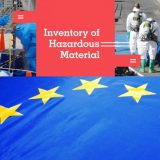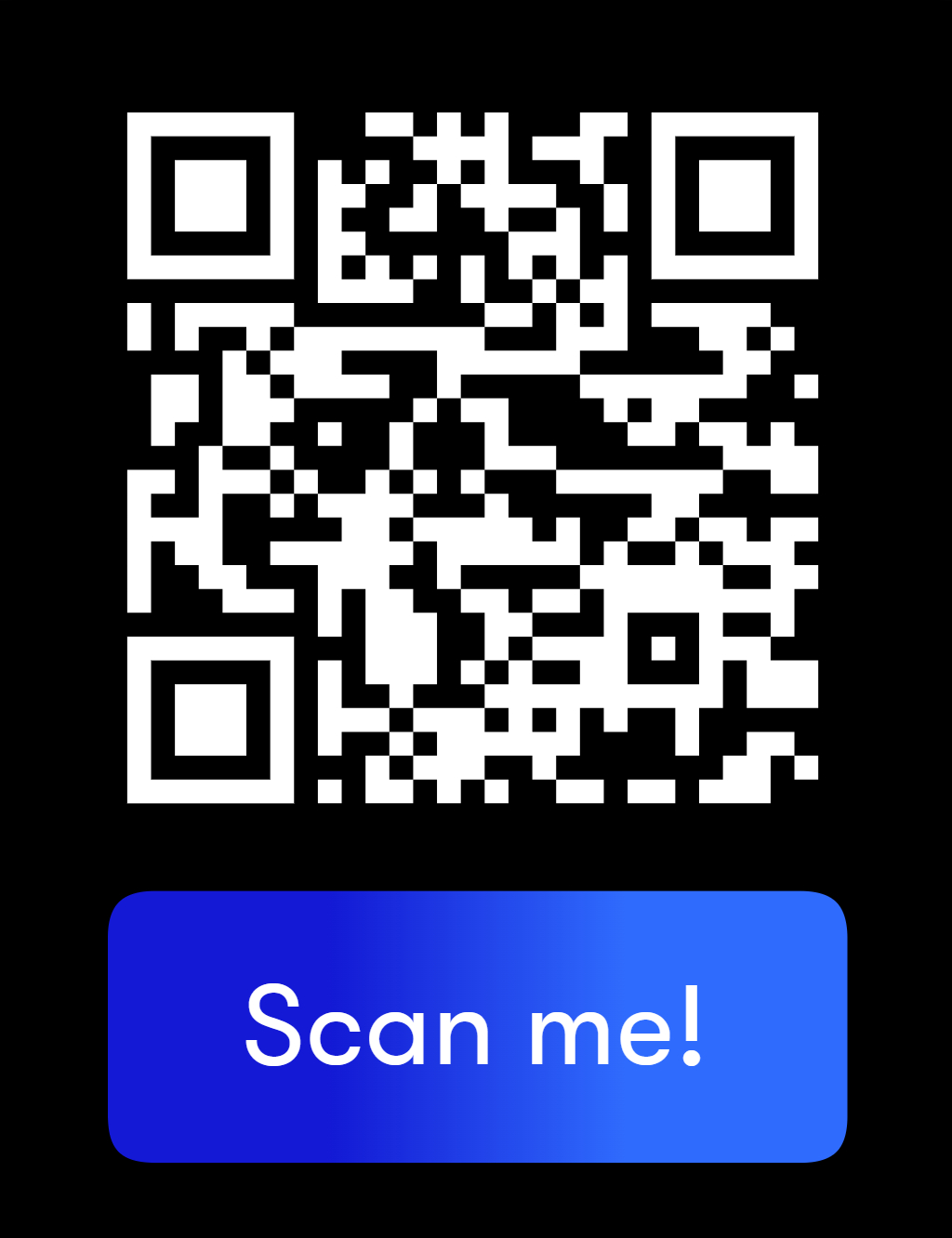Recent Developments in Maritime Crew Fatigue and Related Challenges
Maritime crew fatigue continues to be a pressing concern, with recent incidents highlighting the severe impact on seafarers’ well-being and safety.
Rising Cases of Seafarer Abandonment
In the past month, reports have emerged detailing the increasing trend of ship abandonment, leaving crews stranded without pay or essential resources. For instance, the tugboat Navimar 3 has been anchored off Kutubdia Island near Bangladesh since March last year. The crew, including an Indian engineer officer, have been maintaining the vessel without means to return home, as their documents have been withheld by the local agent for the Dubai-based company Middle East Marine (MEM). This situation exemplifies the recurring issue of seafarer abandonment in the maritime industry. AP NewsLatest news & breaking headlines+1The Guardian+1
Similarly, the Grand Sunny cargo ship has left its crew stranded and unpaid off the coast of China for over a year. This situation is becoming increasingly common in the industry, where vessels, part of the “shadow fleet,” evade sanctions and enforcement by operating under complex ownership structures and turning off tracking devices. In 2024, a record 282 ships have been abandoned, far surpassing pre-pandemic years, with many involved in illicit trade due to sanctions on Russia. WSJ+1AP News+1
Alarm Fatigue Compromising Maritime Safety
A recent report by Lloyd’s Register has brought attention to the issue of alarm fatigue among maritime crews. The study reveals a 197% increase in bridge alarms per hour over the past two decades, with peak rates reaching 74 alarms per hour during critical navigation periods. In engine rooms, certain vessels experience an average of 2,500 machinery alarms daily, with peaks up to 22,500. This overwhelming number of alarms can desensitize crew members, leading to slower response times and increased safety risks. The report emphasizes the need for rationalizing alarm systems to support crew welfare and enhance operational safety. LR+1NafsGreen.gr+1NafsGreen.gr+1LR+1
International Efforts to Address Crew Fatigue
The International Maritime Organization (IMO) is reviewing its fatigue guidelines in light of recent studies highlighting the long-term effects of tiredness on crew members. The MARTHA project, a comprehensive study on seafarer fatigue, found that prolonged periods at sea lead to increased fatigue and stress, negatively impacting seafarers’ health and performance. The IMO’s human element, training, and watchkeeping sub-committee is considering these findings to update and improve fatigue management guidelines. Riviera Maritime Media
Conclusion
The maritime industry faces significant challenges related to crew fatigue, exacerbated by issues such as ship abandonment and alarm overload. Addressing these concerns requires coordinated efforts from international organizations, shipping companies, and regulatory bodies to ensure the safety and well-being of seafarers worldwide.AP News+1Latest news & breaking headlines+1

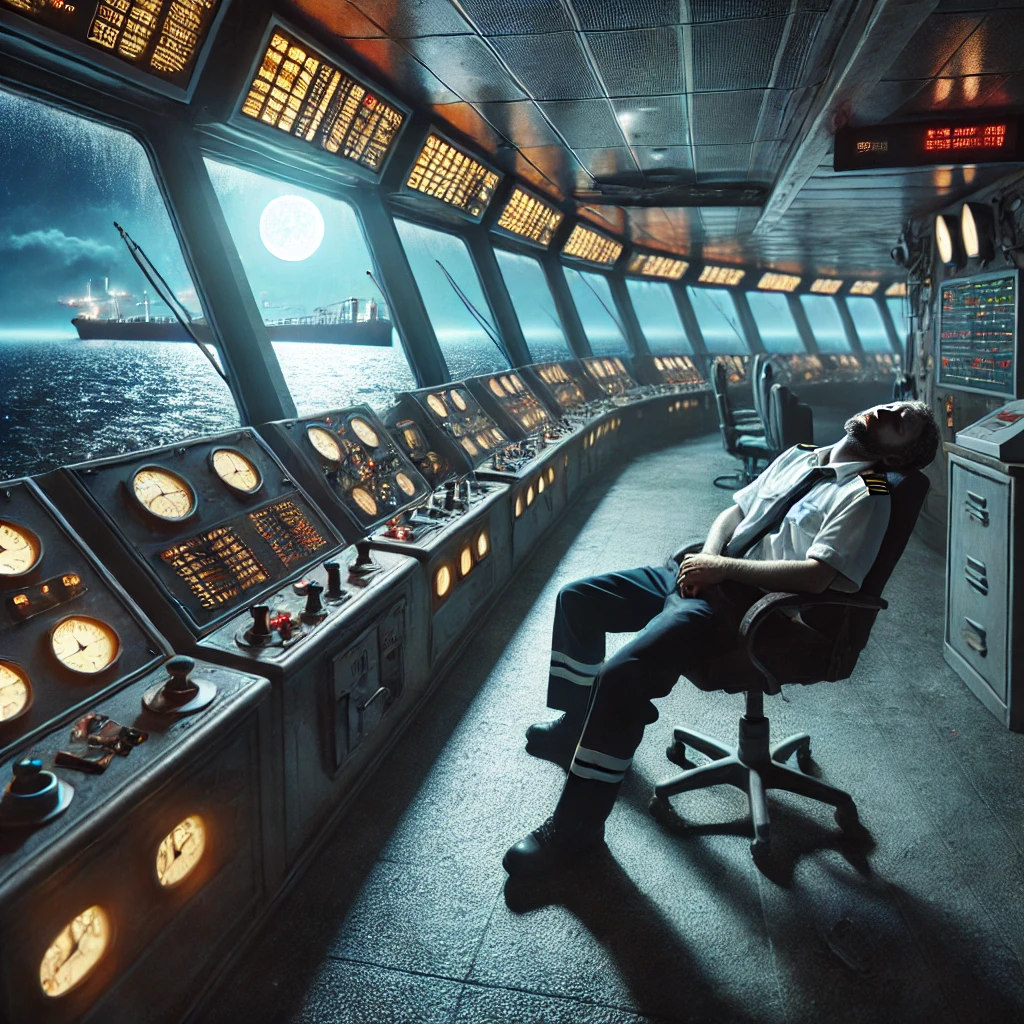

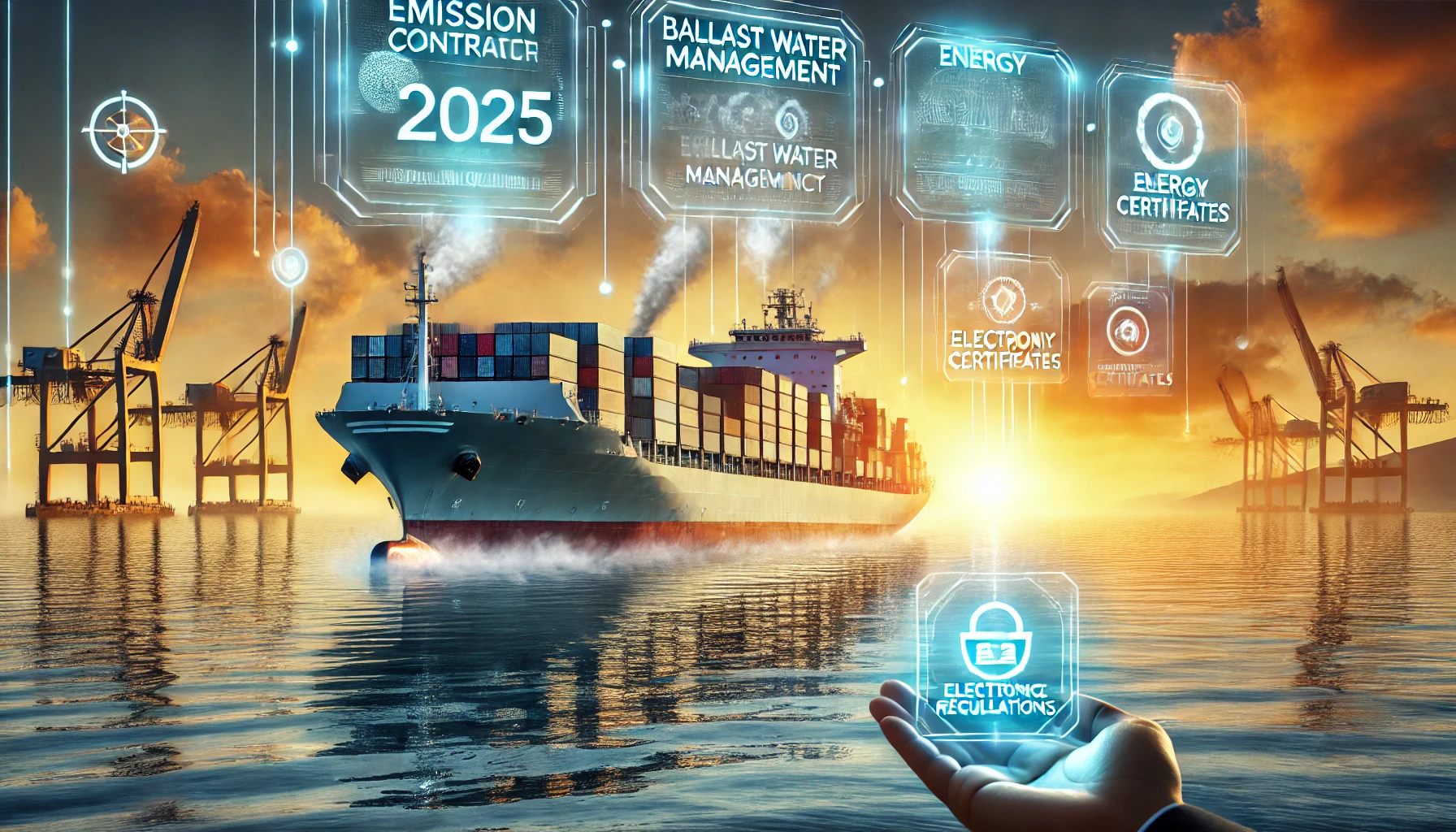
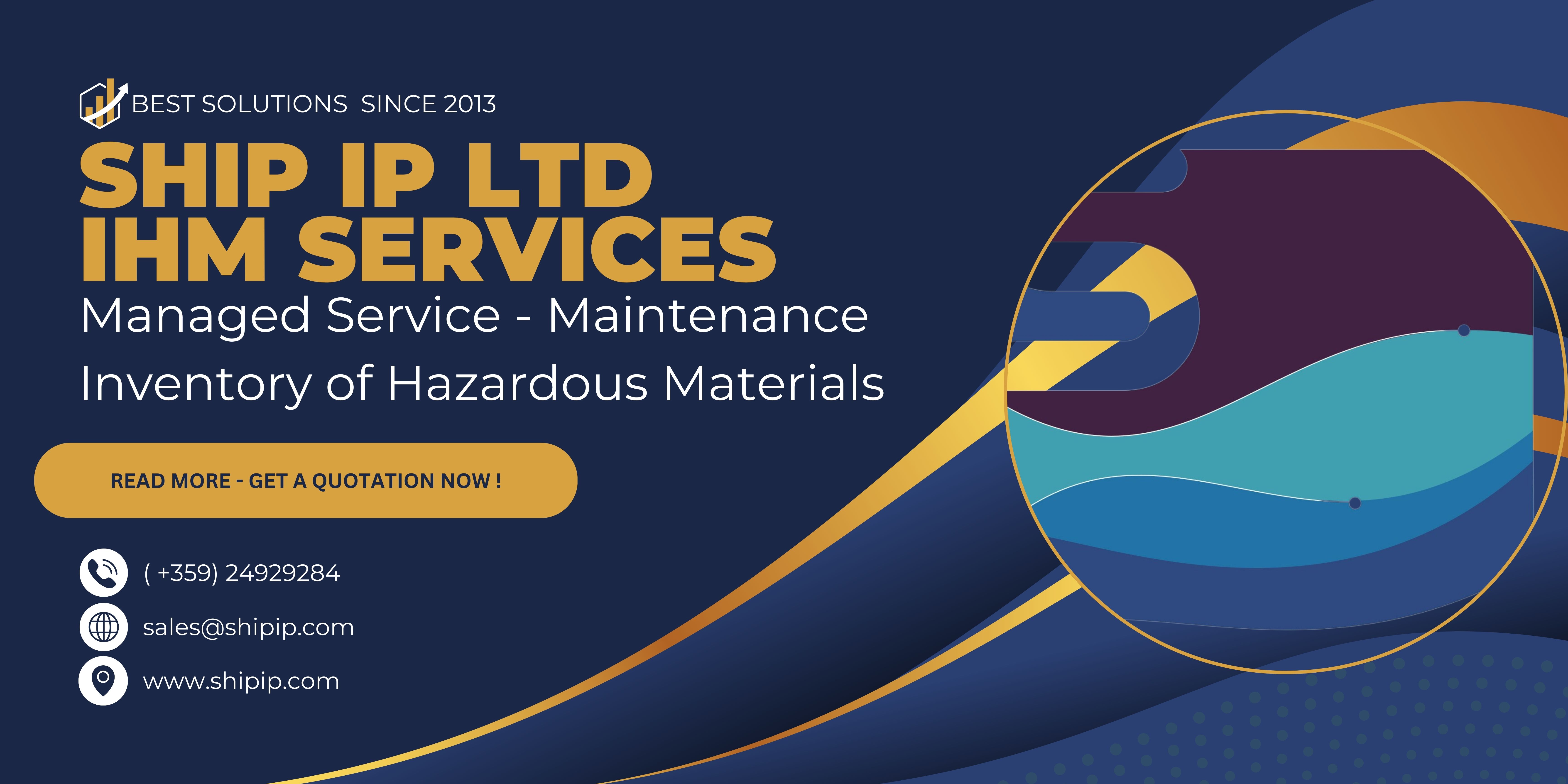 inven
inven




